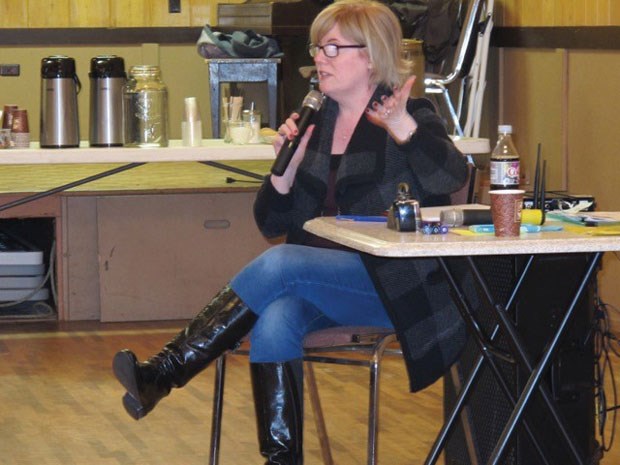Here are details of the various electoral systems being considered: First-past-the-post: Under FPTP, an elector casts a single vote for a candidate to represent the electoral district in which the voter resides. The winning candidate must gain a plurality of votes to be elected.
Alternative vote: On the ballot, voters rank the candidates running in their riding in order of their preference. To be elected, a candidate must receive a majority of eligible votes cast. Should no candidate get a majority on the first count, the candidate with the fewest votes is dropped and the second preferences on those ballots are redistributed to the remaining candidates. This process continues until one candidate receives the necessary majority.
Mixed-member proportional: The system operates in the same way as mixed-member majority, except a citizen's second vote, which allocates seats to political parties according to a ranked list drawn up by each party, attempts to compensate for any disproportionate results in the FPTP constituency elections. Additional seats are awarded to qualifying political parties where the number of constituency seats won by a political party fails to reflect overall voter support.
Single transferable vote: Citizens in multimember ridings rank candidates on the ballot. They may rank as few or as many candidates as they wish. Winners are declared by first determining the total number of valid votes cast, and establishing a vote quota (or a minimum number of votes garnered); candidates must meet or exceed the quota in order to be elected.
Candidates who receive the number of first-preference votes needed to satisfy the quota are elected. Any remaining votes for these candidates (that is, first-preference votes in excess of the quota) are redistributed to the second choices on those ballots.
Once these votes are redistributed, if there are still seats available after the second count, the candidate with the fewest first-preference votes is dropped and the secondpreference votes for that candidate are redistributed. This process continues until enough candidates achieve the quota to fill all available seats.
Source: www.canada.ca



